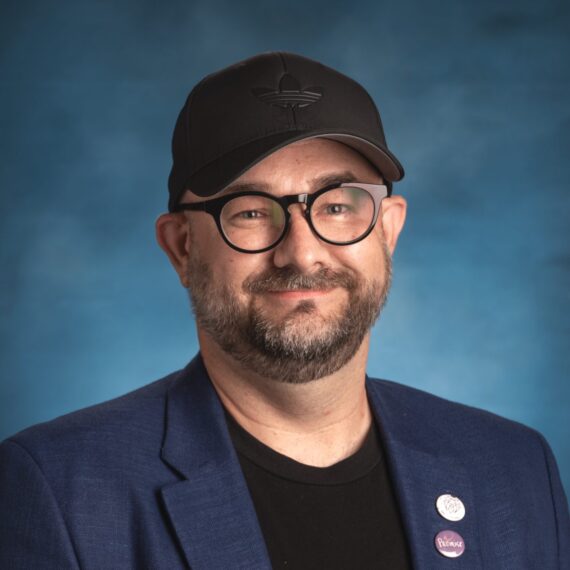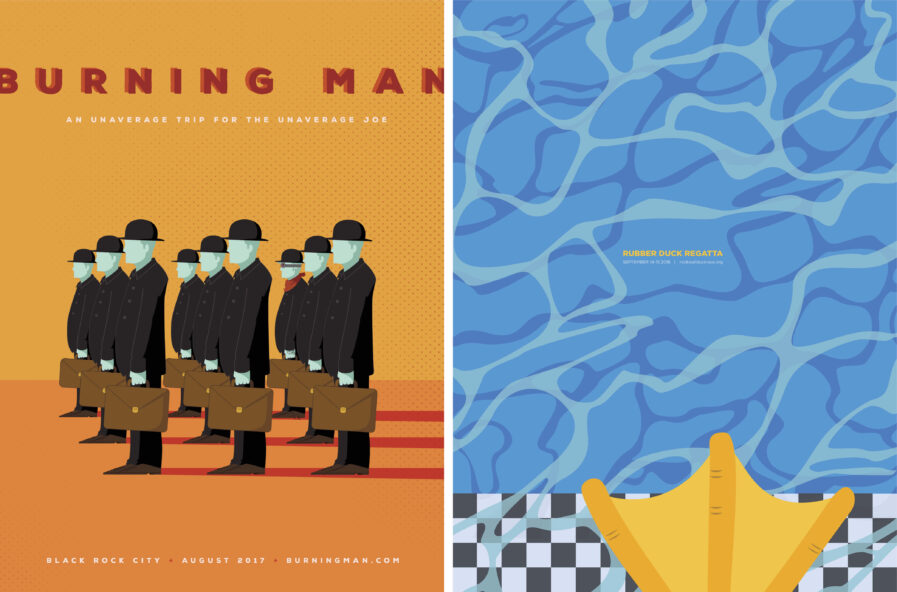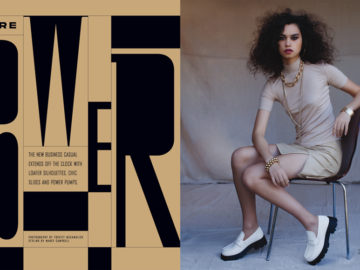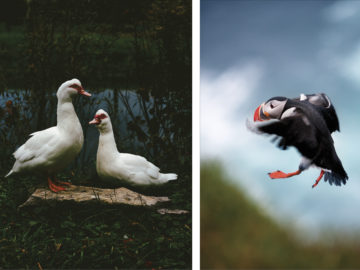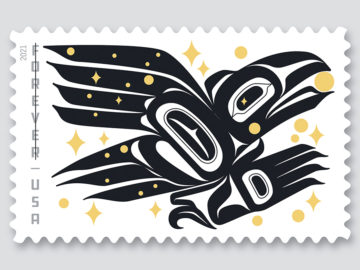Stepping into a classroom, there’s an unspoken expectation of a guide who’s not just knowledgeable but also passionate, inspiring, and understanding. Josh Ege emerges as a paragon of these values. As the assistant department head and associate professor of visual communication at Texas A&M University-Commerce, he brings with him a rich legacy of experiences. From his roles as a designer and art director across diverse creative companies, ad agencies, design boutiques, and in-house design departments, Josh has seen it all. But beyond his impressive resume, he stands as a beacon in the classroom, guiding his students toward discovering their unique design voices. His influence transcends the classroom walls, evident in the accolades and achievements his students amass. Join us in exploring the mind of a creative talent who is influencing the world of design education, nurturing students to find their own design solutions with every lesson.
Introduction by Lee Hackett, Director of Visual Comm., Dept. of Art, Texas A&M University-Commerce
There are qualities that should be present in the person who stands at the front of the classroom: positivity, subject expertise, problem solver, and inclusivity in a single package. Josh Ege reflects these qualities at the highest level. His success in the classroom shines through in the award-winning work that comes from his instruction. He can translate his love and understanding of design into teaching others. Through his eyes, each student has potential and a point of difference waiting to be expressed. Our students and program continually benefit from his engagement.
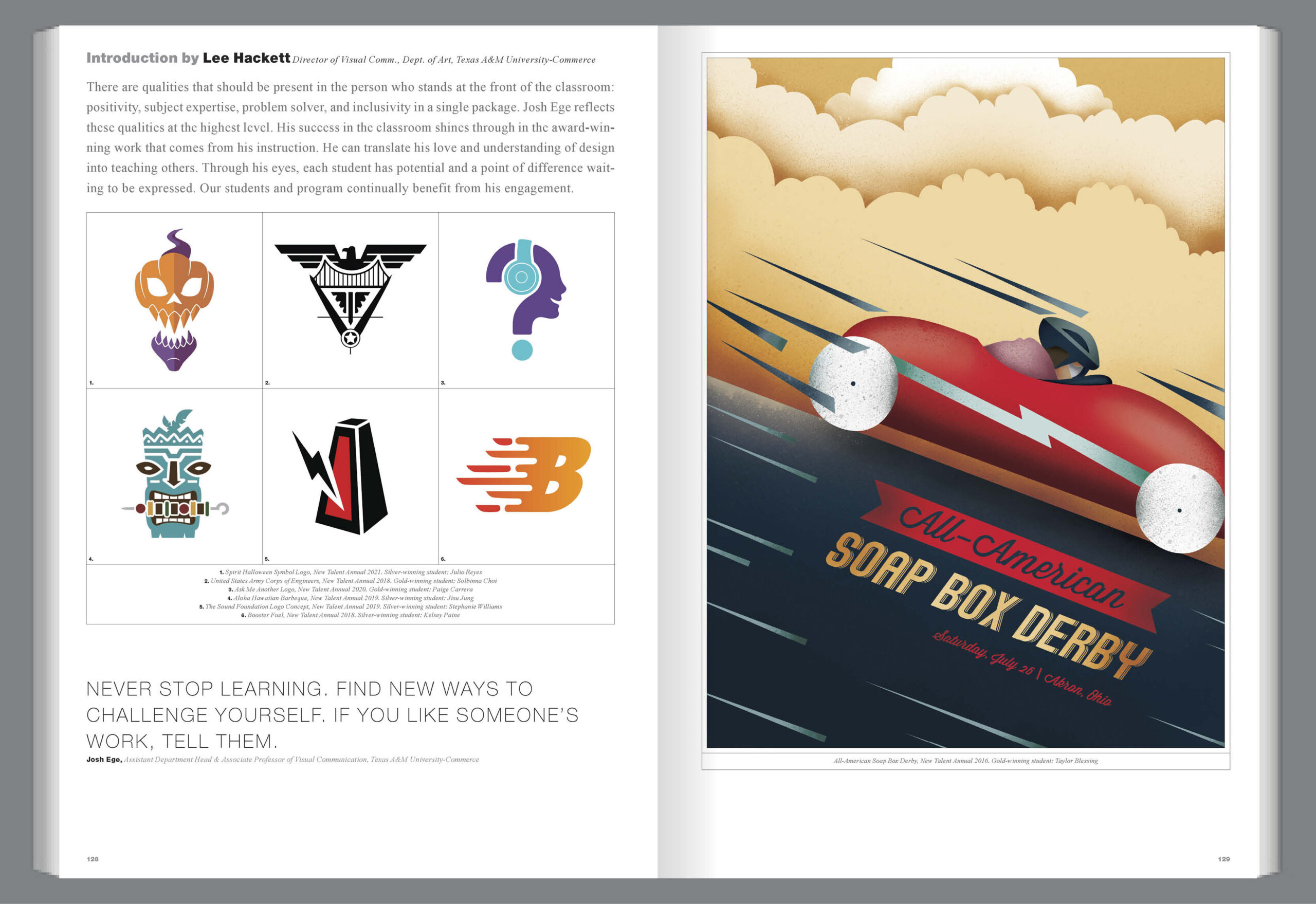
What is your process for selecting a student for your class? Are there certain qualifications?
We do not select students for specific classes, but we do have a portfolio review for students who want to join the VisCom program. Prospective students submit a portfolio showcasing a variety of art core skills. The faculty review candidates’ work and look for strengths. The goal is to identify potential in whatever form it presents itself. Students might show talent in writing, technical skills, or creative thinking. Our program welcomes talent showcased in a variety of forms.
What might be a typical first assignment?
I begin every semester and assignment with research and a conceptual component. Students need to research their client and the product and/or service before they can create anything meaningful. It’s important to identify a point of difference to separate the client from their competition.
Do you ever have students work on assignments for real clients?
That depends on what you mean by “real clients.” Every assignment I give in any upper-level course is based on an existing company that the students could work on, depending on where they are employed upon graduation. I have not had students do projects for any company that has approached me and offered an “opportunity” for the students to do work for them. However, I am not against students doing work for companies in the community; the needs and availability have just never aligned. Most companies that approach us either have a major deadline that does not work with the planned curriculum or are expecting the students to do the work with little or no financial compensation. I have a fundamental issue with this. It diminishes the value of what they do. This is not a hobby; they are preparing for a career.
Do you ever ask them to include something they are passionate about in their work for your class?
I am not sure I would call it passion, but I ask them to bring their point of view to every project. They need to have an opinion about the client, project, and potential concepts. Every student has something distinctive in their background that influences their ideas. Someone may present an idea that no one else could have based on their experiences in life. Learning about what leads students to their solutions is one of the more interesting parts of teaching.
Do you work with students individually or in groups?
I work with students both individually and in groups. I want them to experience a variety of different scenarios so that they can find what works best for them. It can help them identify the kind of environment they want to work in when looking for employment.
Do you have group critiques of the students’ work?
Almost all of my critiques are group-oriented. After a student presents their work, I ask the class for their thoughts before I give feedback. It helps me see things from another point of view first, and it can be enlightening at times. On some projects, I carve time out for peer reviews without me in the room in case my presence hinders the free flow of thought. When we come back together, I get to inform as well as learn.
Over his career, Josh Ege has worked as a designer and art director at a variety of creative companies, creating concepts and campaigns for clients such as the Dallas Center for Performing Arts, Niven Morgan, Champion Athletic, Orators/Kosta Boda, BMW, and Fossil. Josh has been active in the Dallas design community through the Dallas Society of Visual Communications (DSVC) for over 20 years and has spent over 17 years on their board of directors. Josh is sought after as a speaker at design and advertising clubs, universities, and design conferences. His work has been recognized by DSVC, GD USA magazine, the Art Directors Club of Houston, Print magazine, How magazine, Logo Lounge, Communication Arts, and Harper Collins, among others.
Social: Facebook, X, LinkedIn
